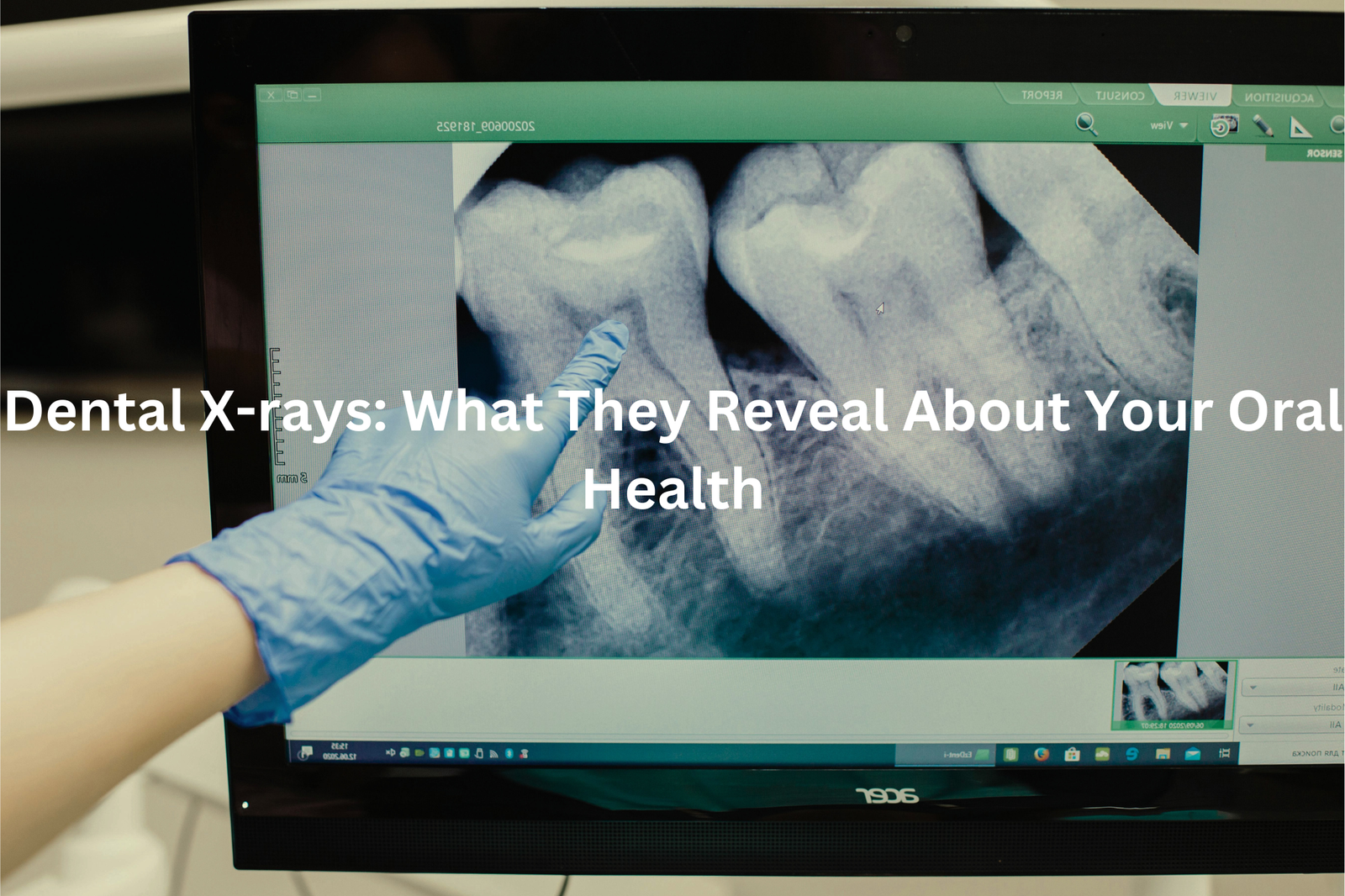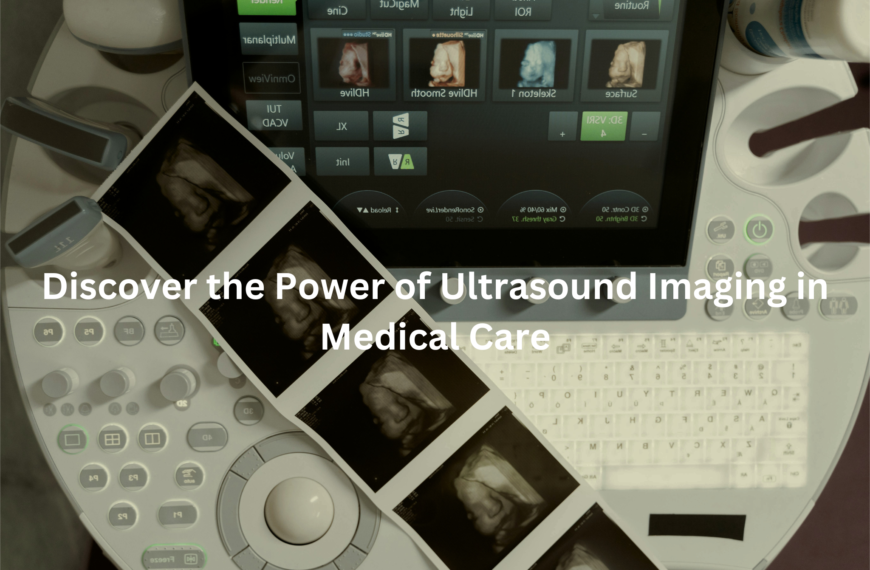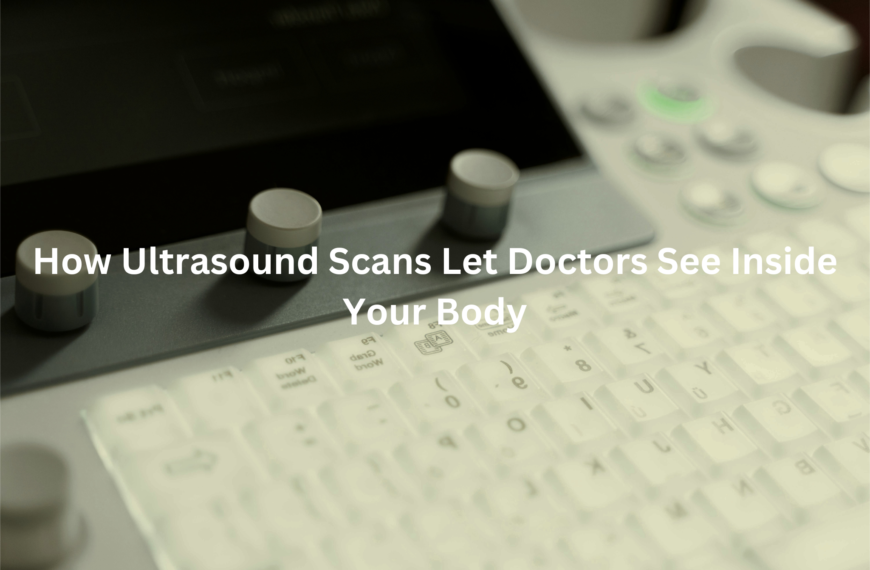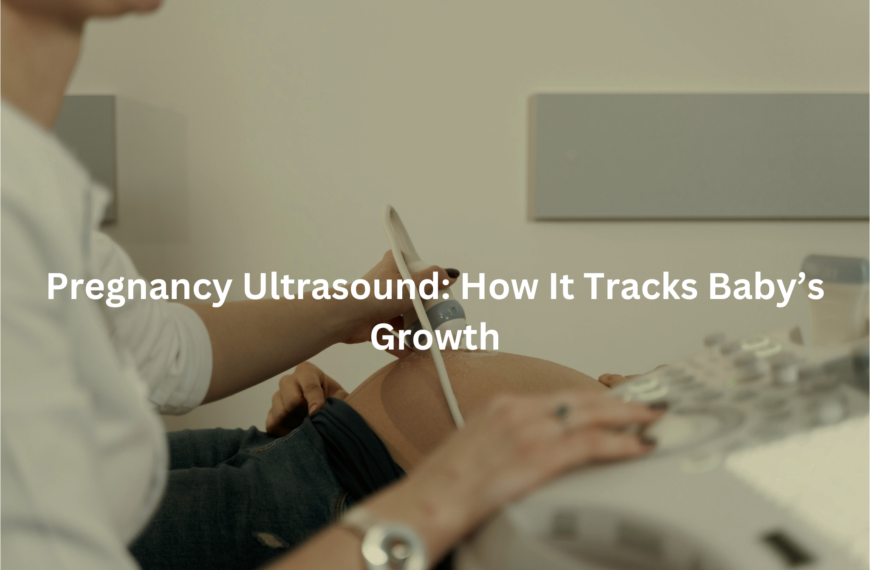Curious about dental X-rays? Learn how they protect your teeth and gums while giving your dentist a clear picture of your oral health!
Dental X-rays play a big role in keeping our teeth and gums healthy! These special pictures help dentists see what’s going on beneath the surface. When I went to the dentist recently, I was a bit nervous about them, but I learnt they’re super helpful.
They can spot cavities, check for gum disease, and even see issues with teeth growing in. Each X-ray only takes a few minutes, and they’re safe. So, if you’re wondering how X-rays can help you, keep reading! You might discover some important info for your next dental visit!
Key Takeaways
- Dental X-rays help dentists find hidden problems in your mouth.
- There are different types of X-rays for different needs.
- Safety is important, and the amount of radiation is very low.
What Are Dental X-Rays?
Dental X-rays are like a secret map of your mouth. You can see your teeth in the mirror, sure, but what about what’s underneath? That’s where X-rays step in—they show things you can’t spot on your own, like hidden cavities or bone health.
I remember my first dental X-ray. The machine looked a bit space-age, but the process was easy. The dentist placed a small sensor inside my mouth (it felt a little odd but not bad), and the machine buzzed softly. In seconds, there was an image of my teeth on the screen. It was almost like magic.
X-rays are safe, using only a tiny bit of radiation—less than what you’d get from a day in the sun. They’re quick and painless, and they help dentists catch problems early. If you’ve never had one, don’t stress. They’re simple and really helpful for keeping your teeth healthy.
Types of Dental X-Rays
X-rays are like opening a secret window into your mouth. What you can’t see with your eyes, these images reveal—teeth, gums, and bone all laid bare. Each type of X-ray tells a different story.
There are four main kinds:
- Bitewing X-rays: Spot cavities between teeth and check bone health. Quick and low radiation.
- Periapical X-rays: Show the whole tooth, from top to root, plus surrounding bone. Good for finding infections.
- Panoramic X-rays: A full view of the mouth—teeth, jaw, even sinuses. Great for braces or wisdom teeth.
- Cone Beam CT (CBCT): A 3D image of your mouth. Used for implants or jaw problems, though it uses more radiation(1).
I remember my first panoramic X-ray. Standing still, biting a small plastic piece while the machine hummed around my head. It felt futuristic. X-rays are quick, safe, and helpful. Ask your dentist to show you—they’re a peek into the mechanics of your mouth.
Safety and Radiation Exposure
Radiation—it sounds scarier than it is, especially with dental X-rays(2). People hear “radiation” and picture harmful beams, but dental X-rays are tiny compared to what we get daily just living on Earth.
For example:
- Bitewing X-rays (used for cavities): 0.005–0.01 millisieverts (mSv).
- Chest X-rays: about 0.1 mSv.
- Background radiation (just existing): 2–3 mSv per year.
Dentists follow the ALARA principle—”as low as reasonably achievable.” They only use what’s necessary. If someone’s pregnant, they’re extra careful and avoid X-rays unless it’s urgent. I remember my dentist saying, “You’d get more radiation flying Sydney to Melbourne than from this X-ray.” It’s true—flights expose us to more!
Dental X-rays are safe and super useful for spotting problems early. If you’re unsure, ask your dentist—they’ll explain. Don’t skip them; they’re quick, safe, and help keep your teeth healthy. Just breathe, bite down, and let it happen.
Common Uses of Dental X-Rays
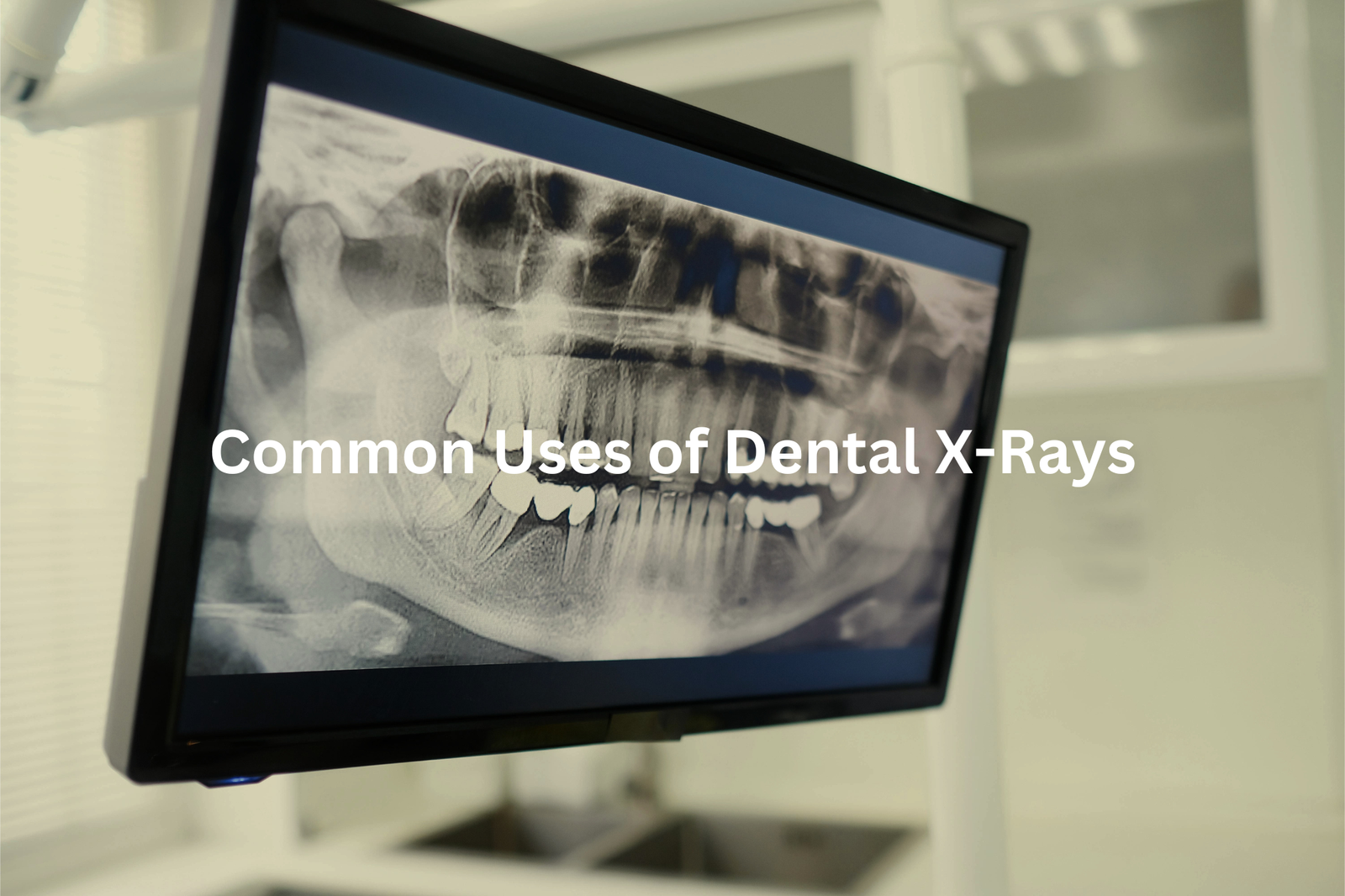
It’s odd how much a dentist can learn from one little X-ray. It’s like looking through a secret window into your teeth. You bite down on that small tab, the machine buzzes, and suddenly, they’ve got a full map of what’s going on inside your mouth.
Dental X-rays are mostly used for:
- Spotting cavities, especially the ones hiding where you can’t see.
- Planning treatments like braces or fillings.
- Checking for bone loss or gum disease.
I remember my first one as a kid. The machine felt huge, like something out of a sci-fi show. It swung around my head, and I thought it was magic. Turns out, it’s science. X-rays help dentists catch problems early, sometimes before you even feel them. So when they say, “We’ll take an X-ray,” don’t stress. It’s quick, simple, and could save you a lot of pain later.
Frequency of Dental X-Rays
Sources: Australian Dental Association.
Sometimes it feels like dentists know our teeth better than we do. They always seem to have a system, right down to when you’re due for your next X-ray.
Dental X-rays aren’t the same for everyone. How often you need them depends on your teeth and gums(3):
- High-risk patients (like those with frequent cavities or gum issues) might need X-rays every six months.
- Most adults get them once a year during check-ups.
- Kids often need them more regularly because their teeth and jaws are still growing.
I remember my dentist saying, “It’s been a year since your last X-rays,” and I wondered how they kept track. Turns out, it’s all in the records, not their memory.
The radiation is tiny—less than what you’d get from everyday life. If your dentist suggests an X-ray, it’s worth it. They’re not just checking for cavities; they’re spotting problems before they get serious. It’s prevention, not just a picture.
Patient Experience
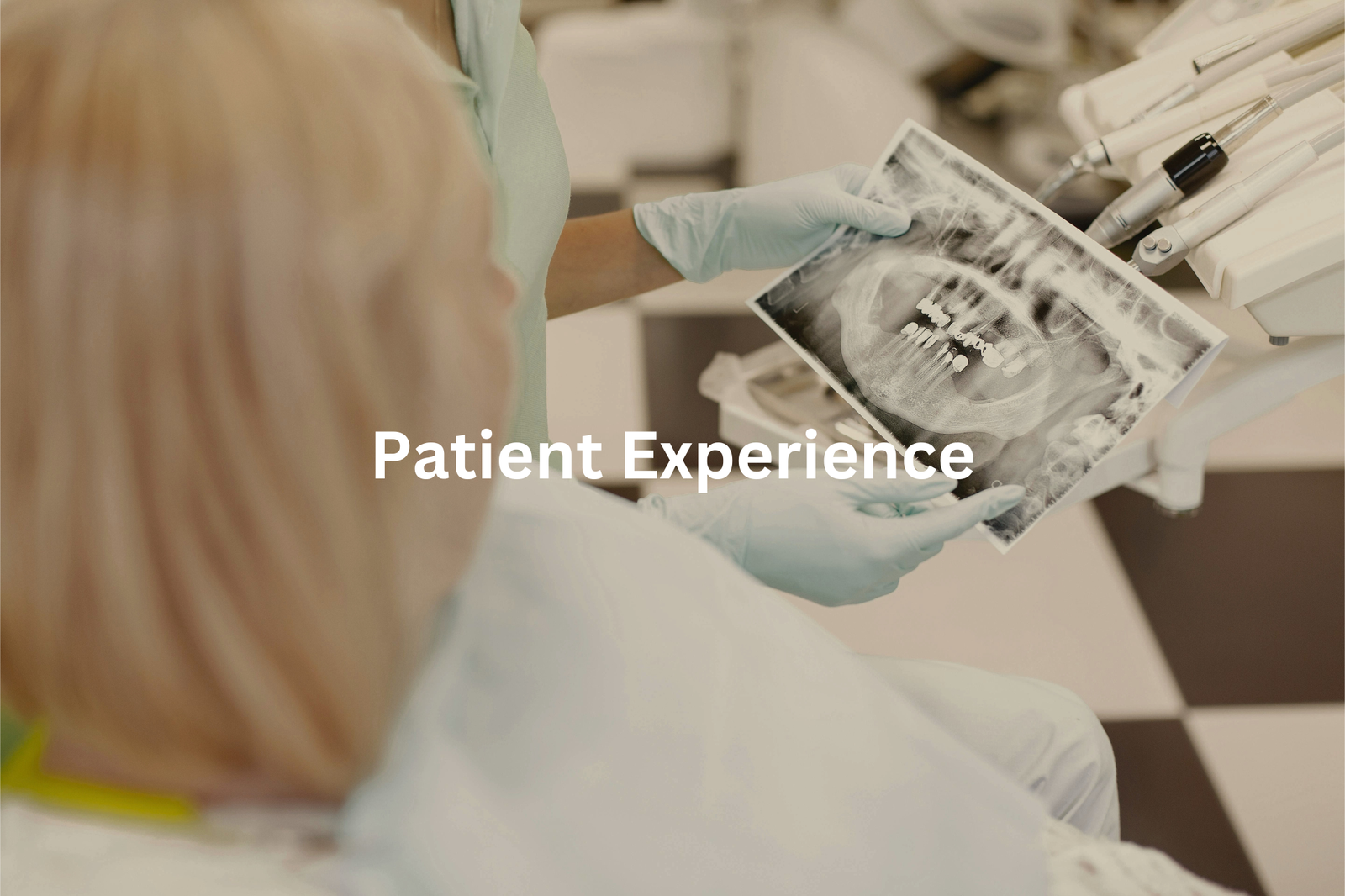
Getting a dental X-ray feels a bit strange, doesn’t it? You’re sitting there, holding still, while the dentist adjusts you like a puzzle piece. It’s over quickly, but those few minutes can feel longer.
Here’s how it usually goes:
- Positioning: You bite down on a small sensor or film. It’s not super comfy but not unbearable either.
- The Picture: The machine clicks and whirrs, capturing the image in seconds.
- Reviewing: Your dentist checks the X-rays to see what’s happening beneath the surface.
Sometimes, the sensor presses against your gums, which might feel a bit uncomfortable, especially for kids. But it’s worth it. X-rays help spot cavities, gum issues, or wisdom teeth alignment before they cause trouble.
If you’re worried, let your dentist know. They can adjust things to make it easier. And remember, it’s quick, routine, and helps keep your teeth healthy!
FAQ
What are some common oral diseases that dental x-rays can help detect?
Dental x-rays are crucial for identifying oral diseases like periodontal disease, cavities, and other problems that may not be visible to the naked eye. They allow dentists to see the full picture of your dental health and catch issues early before they become more serious.
How do digital x-rays differ from traditional x-ray film?
Digital x-rays use an electronic sensor instead of film to capture images. This means they require less radiation exposure and the images can be viewed instantly on a computer screen. Digital x-rays also allow for easy storage and sharing of your dental records.
What is a panoramic dental x-ray and how does it differ from intraoral x-rays?
A panoramic x-ray captures a full image of your entire mouth, including your upper and lower jaws. This gives your dentist a comprehensive view compared to the smaller, focused intraoral x-rays that only show a section of your mouth at a time.
What are the potential risks associated with dental x-rays?
Dental x-rays use low levels of radiation, but there are still some risks, especially for more frequent x-ray use. Factors like the x-ray beam, machine, and your individual risk profile can affect the potential for harm. Your dentist will work to minimise your exposure.
How can patients reduce their risk from dental x-rays?
Patients can help reduce their risk by informing their dentist of any previous radiation exposure, such as from cancer treatment. Using a thyroid collar and maintaining good dental health to require fewer x-rays over time can also help lower your overall radiation dose.
Conclusion
Dental X-rays play a big role in looking after our teeth and gums. They help dentists spot problems we can’t see, plan treatments, and check on our dental health. So, next time you’re at the dentist and they mention X-rays, relax! They want to help keep your smile healthy. If you have any questions about dental X-rays, make sure to ask your dentist. They’re always ready to help you maintain that bright smile!
References
- https://artdedente.com.au/cone-beam-computed-tomography-scan-cb-ct-scan-melbourne-cbd/
- https://www.racgp.org.au/afp/2013/june/radiation-safety
- https://www.arpansa.gov.au/sites/default/files/legacy/pubs/rps/rps10.pdf

